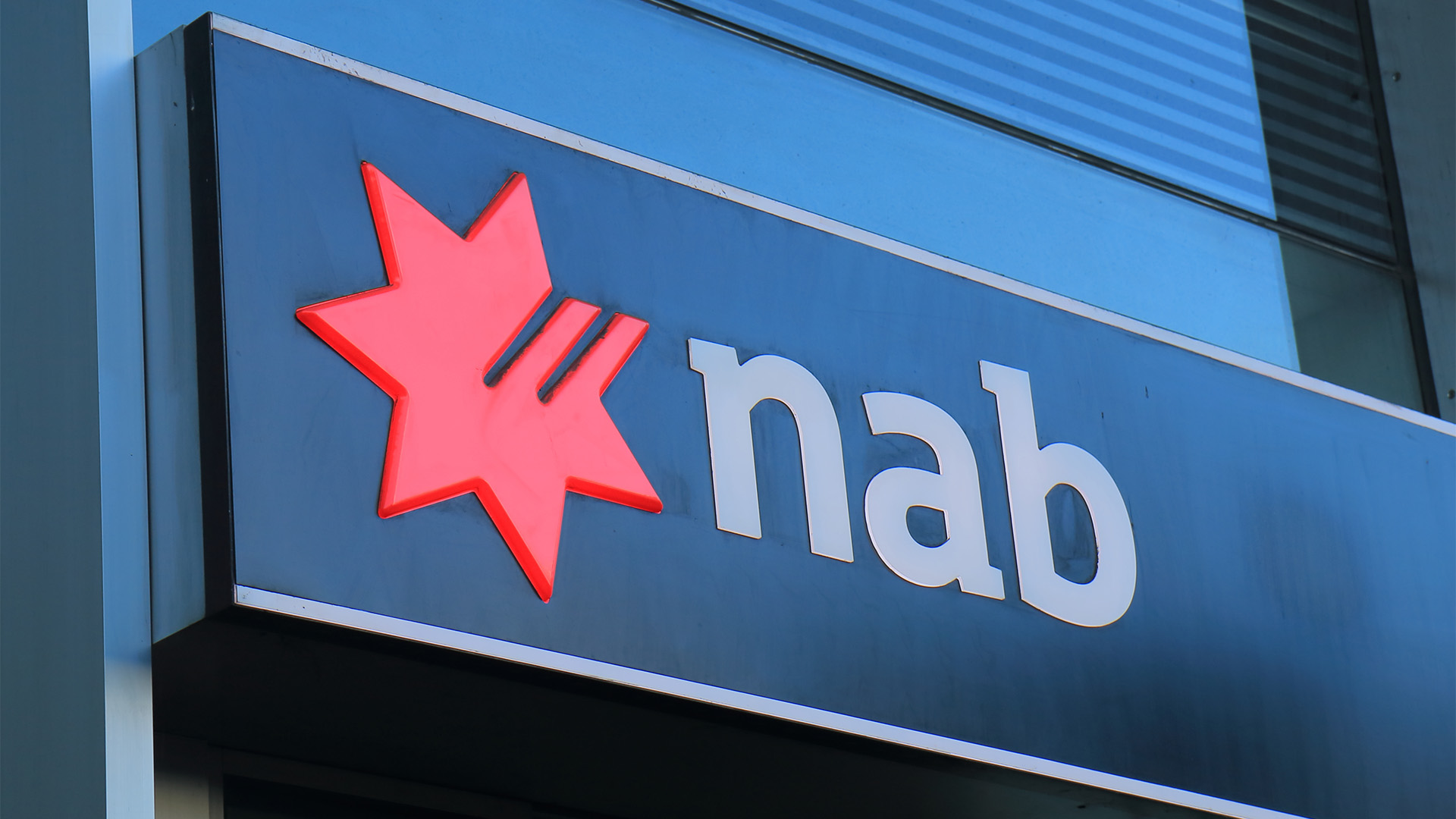The National Australia Bank (ASX:NAB) revealed a $1.5 billion share buyback on Tuesday morning following news of a modest 5.8% increase in third-quarter cash earnings to $1.90 billion.
The buyback gesture indicates the bank's relatively unconcerned stance towards the impact of higher interest rates on homeowners transitioning from fixed-rate mortgages to variable loans, as well as small businesses grappling with escalating cost pressures.
It represents the allocation of surplus capital that might have been reserved for potential challenges arising from the scenario in which mortgages shift from fixed-rate loans to variable products – a potential "cliff."
NAB's rationale for the buyback is clear. The bank states, "We acknowledge the challenging environment for our customers. Nonetheless, we're pleased to observe that most customers are displaying resilience, with only a modest degradation in asset quality in 3Q23. Staying aligned with our strategy, our focus remains on safeguarding our customers and the bank, ensuring prudent risk management and maintaining a balanced balance sheet."
CEO Ross McEwan further adds, "Our capital levels remain robust, even after accounting for the latest on-market share buyback announced today. We've sustained strong liquidity and collective provision coverage, and we successfully raised $37 billion of term funding by the end of July," as conveyed in the Tuesday morning statement.
NAB reported a record-breaking $1.90 billion in cash earnings for the three months ending June 30. Although this reflects a 5.8% increase from the same quarter the previous year, it marks a 5% decline from the first half, owing to contracted net interest margins (which reached their peak in late 2022).
The bank's third-quarter performance witnessed a 2% dip in revenue, mainly attributed to lower margins. Meanwhile, costs experienced a 3% rise, thereby constricting margins.
In terms of lending, the NAB reported that gross loans and acceptances remained relatively steady. The growth in housing and Australian SME business lending was offset by reduced Corporate & Institutional volumes.
The bank's net interest margin (NIM) declined by 5 basis points (bps) to 1.72%, attributed to ongoing competition in home lending and elevated deposit costs. However, these challenges were partially mitigated by the benefits of a higher interest rate environment.
Regarding expenses, the NAB attributed the 3% increase to "higher staff-related costs and sustained investments in technology capabilities, partially offset by improved productivity."














